Variety In The Landscape
Variety In The Landscape
Why more can be better for your yard, design, food production and the environment.
There are times when less is more, but in the landscape, more is often better. Here are 6 reasons why a variety of plants and garden structures are desirable.
- Colors and Textures of Foliage. When you have a variety of leaf colors, sizes and shapes, you’ve always got something interesting going on in your gardens. The selection of plants with colorful foliage has never been greater, so it’s easy to create a yard that’s visually exciting.
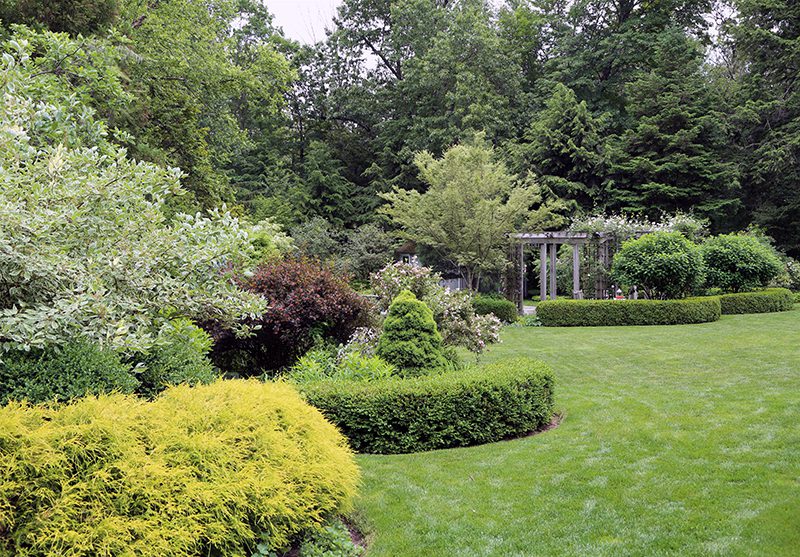
2. Different Bloom Times. Aim to have some plants in bloom throughout the year. There are even shrubs such as witch hazel, or perennials such as hellebores, that flower in the winter! By planting a variety of plants you’ll always have something in bloom, and you’re yard will become a seasonal celebration.
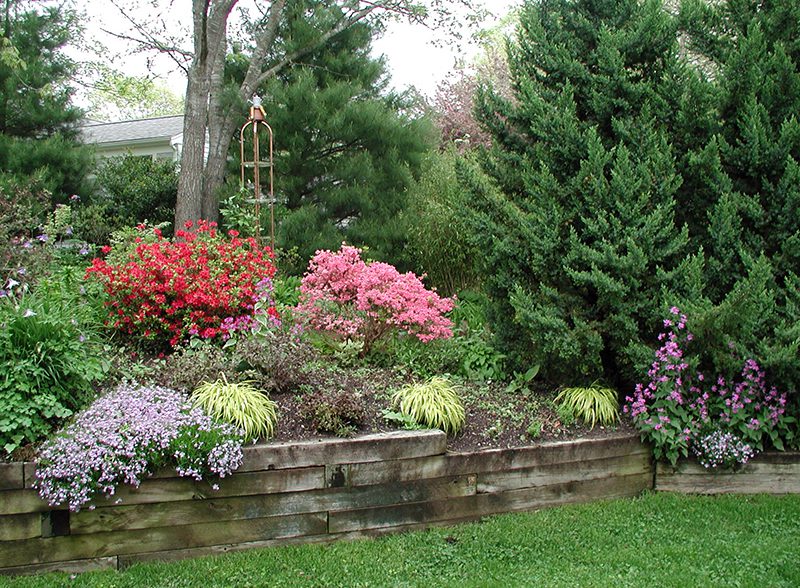
3. Better Harvests. Anyone who has had a vegetable garden knows that one year one crop will thrive and produce while another doesn’t do well. So one year you’ll have an abundance of eggplants and the next year it will be peppers or tomatoes. Different varieties of the same vegetable can vary in production as well, so you might see many yellow summer squash but not as many green zucchini. Some of this variability can be do to weather, but many times there is no obvious reason why one crop prospers and another sulks. If you plant many types of vegetables, you’ll have plenty of fresh, tasty food no matter how erratic some varieties grow.
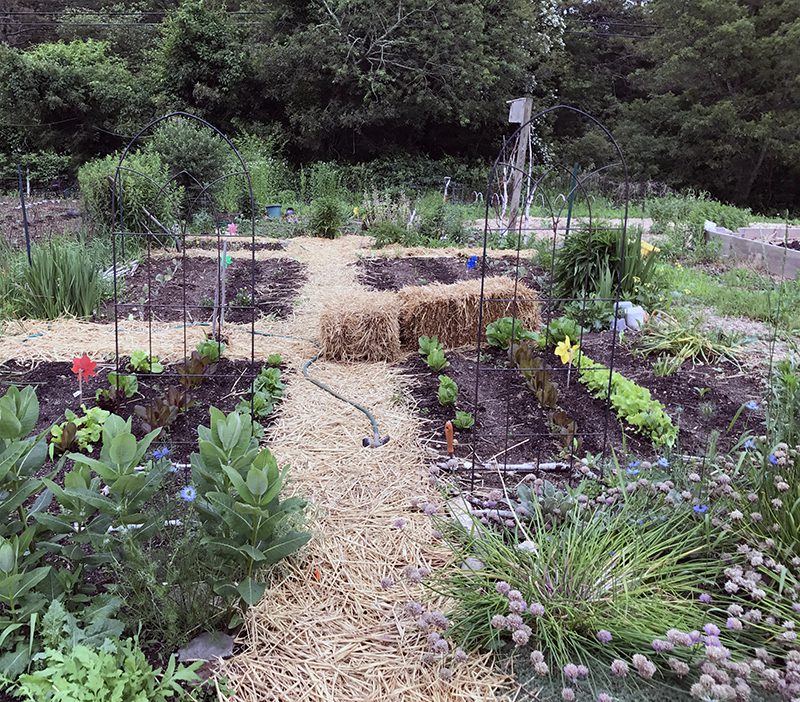
4. Including Native Plants. We’ve come to appreciate the wisdom of including many native plants in our landscapes. Native plants are the hosts of many insects that support our songbirds. Many pollinators rely on natives as well, so a yard that includes as many natives as possible contributes to the wellness of our region. Along with non-native blue hydrangeas and roses you love, be sure to plant a variety of plants that are indigenous to the northeast region.
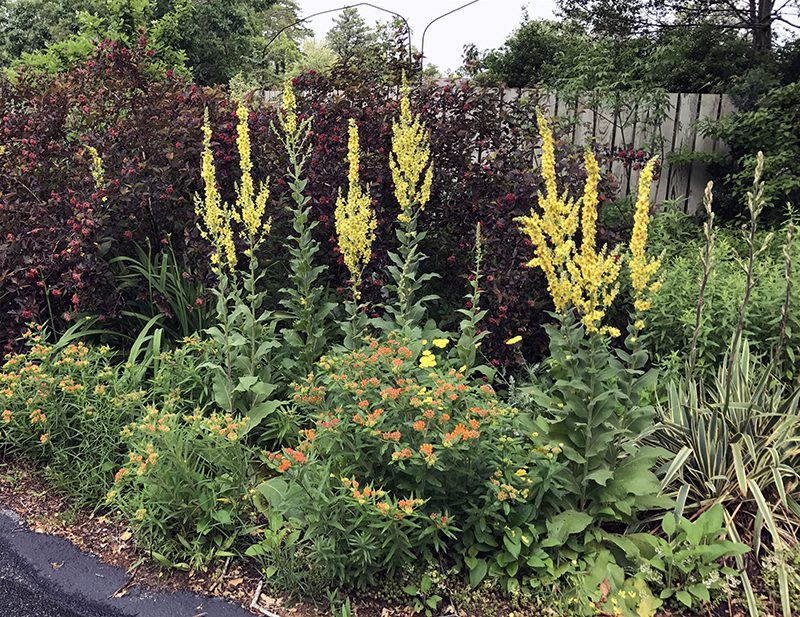
5. Insect and Disease Protection. When you have a variety of plants in your yard, you’re better protected from pests and problems. Most insects and diseases are very host-specific, meaning that they don’t attack all types of plants. New insects and other problems are introduced into this country regularly. If you have all one type of plant, and a new bug comes along that destroys that variety, you could lose most of your plantings. Similarly, if you have a privacy screen that is all the same type of plant, if they don’t do well, or are a target of insects, you could lose your entire “living fence.” Planting a variety of plants is not only more visually interesting, but is better insurance for long-term success.
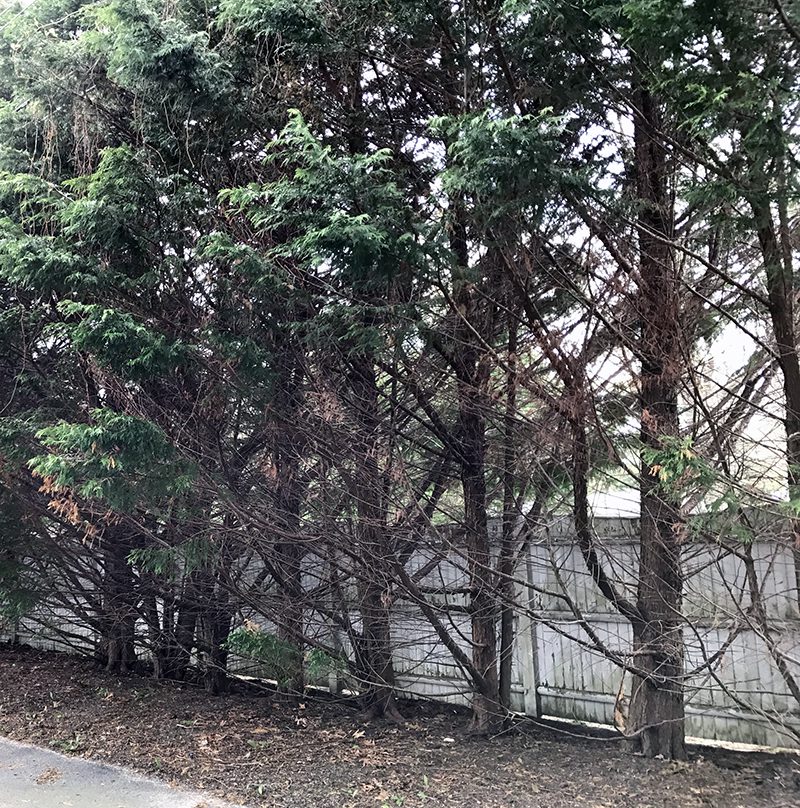
6. Structures Enliven Spaces. In addition to a variety of plants, think about including a few structures in the garden as well. Dividing a small yard into sections or “garden rooms” can actually make it seem larger. Structures such as fences, arbors, and stone walls also provide a solidity that contrasts with plant textures.
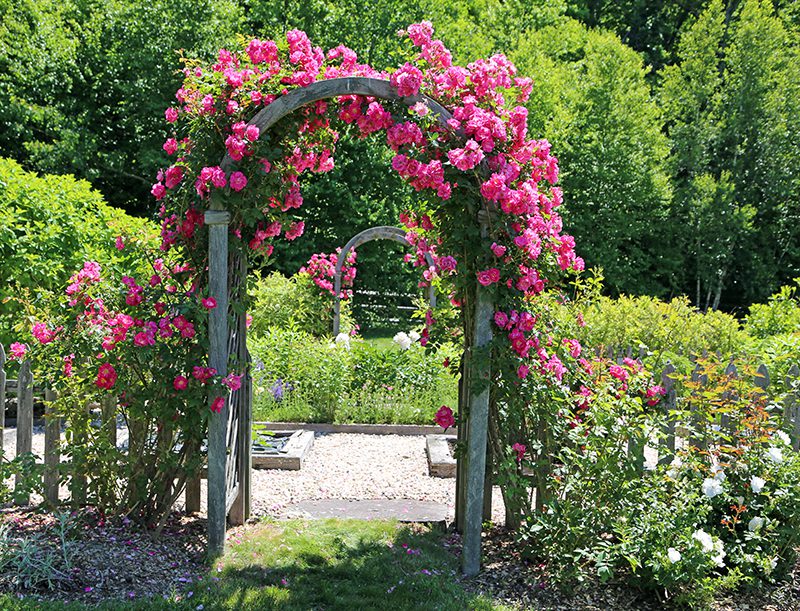
Subscribe To Our Newsletter
Sign up for our weekly email about sales and events.
